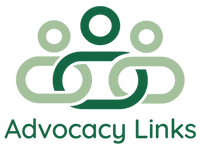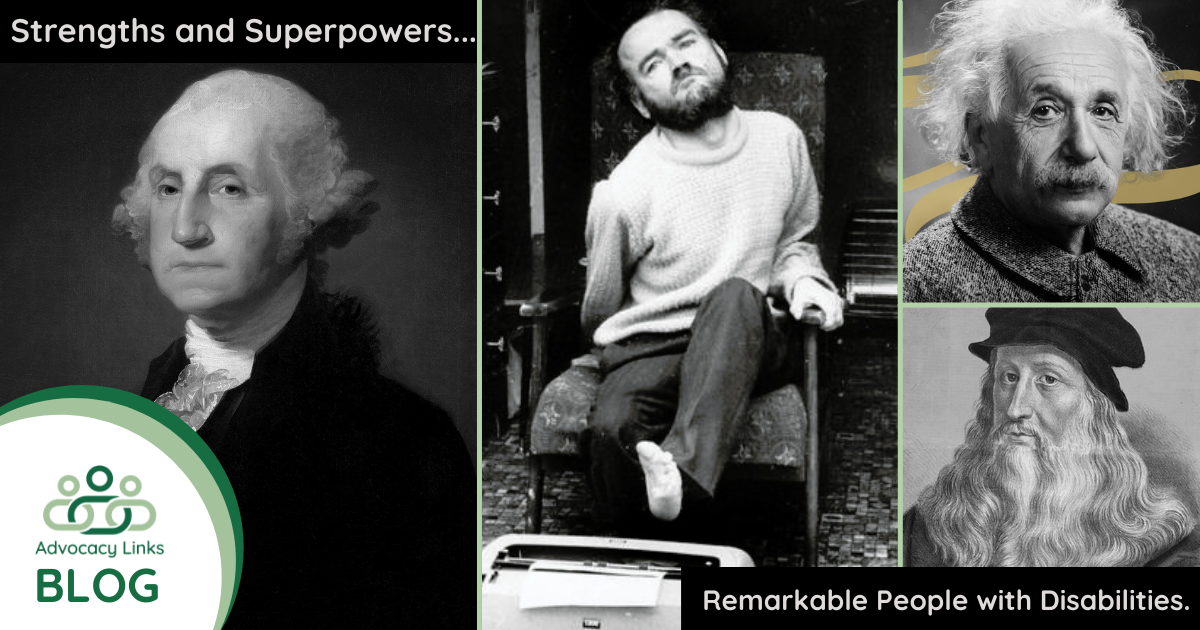People with developmental disabilities have existed in society since the beginning of time, but they have rarely been given the opportunity to showcase their strengths and successes in conjunction with their challenges and diagnoses. The remarkable people highlighted here will show that limitation is not an inherent part of a developmental disability diagnosis. There are many people now and throughout history that can, and have, made valuable contributions to society, while also having a disability. (That was meant to sound sarcastic! OF COURSE, they can make valuable contributions!)
Although the same diagnoses can look very different between individuals, we are going to look at some of the common characteristics within these conditions, both the good and the bad. Many people are aware of the challenges associated with these disabilities, but not as many are familiar with the positive characteristics some with these diagnoses may share. We’re going to call these positive characteristics “superpowers” and look at some famous people and the things they’ve accomplished with their superpowers.
LEARNING DISABILITIES
Learning disabilities (LD) affect the way that a person learns and can manifest in several different ways. They can influence someone’s ability to read or write, or their ability to comprehend math. LD can affect a person’s ability to learn and their ability to communicate and express themselves.
Dyscalculia affects a person’s ability to understand numbers and learn math facts.
Dysgraphia affects a person’s handwriting ability and fine motor skills.
Dyslexia impacts an individual’s reading and related language-based processing skills.
Non-verbal learning disabilities make it difficult for someone to interpret nonverbal cues like facial expressions or body language.
Oral/Written Language disorders can affect an individual’s understanding of what they read or of spoken language, and they may have difficulty expressing themselves with oral language.
Despite these challenges, people with learning disabilities often learn to see things from a different perspective in order to understand the things they’re taught. They’re not unable to understand but may need a different route to arrive at understanding. They’re often considered to be creative, empathic towards others, curious, and detail-oriented. Many people with dyslexia can manipulate 3D shapes in their minds and have excellent memories.
There are quite a few celebrities, actors, musicians, and artists with confirmed learning disabilities. Keanu Reeves (Actor), Tommy Hilfiger (Fashion Designer), Selma Hayek (Actress), and Tom Cruise(Actor) have all been diagnosed with dyslexia and have opened up about their experiences publicly. Cher (Musician/Actress) discovered, after the diagnosis of her son, that she is not only dyslexic but also dyscalculic as well.
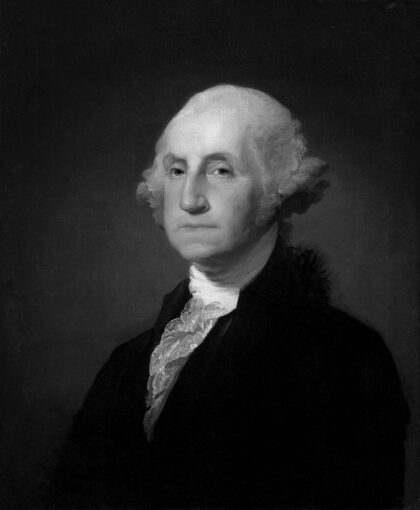
It is widely accepted that the USA’s first President, George Washington, may have had dyslexia. He spent nearly 50 years in government, and many of his journals and writing show that he also had terrible grammar and struggled significantly with expressing himself in writing. When spelling, he would often resort to spelling words the way they sounded rather than adhere to the spelling norms of the time. He was, however, greatly respected for his patience, drive, attention to detail, a strong sense of responsibility, and firm moral conscience. He was well-spoken and clever, which helped cement his placement as the charismatic first leader of our country.
AUTISM SPECTRUM DISORDER
Autism Spectrum Disorder (ASD) can affect many things for the individuals that experience it. Autism can hinder an individuals’ social skills, communication, and sensory processing. Those on the autism spectrum may have difficulty making eye contact with people or try to avoid social situations, often preferring to be observers of people rather than making individual connections with others. Many people with autism also have sensory sensitivities to sights, sounds, smells, tastes, or movements that can become overwhelming for them. They can also have a very literal and visual way of thinking.
Although social challenges can be daunting for people with autism, they do have a tendency for a distinct set of superpowers. They hear, see, and experience things that neurotypical people would have never noticed. They can become intensely focused on and dedicated to topics and subjects that interest them, and many are able to able memorizing information incredibly quickly. They process information differently than neurotypical people, and their literal and visual way of thought can easily lend itself to a natural aptitude in the sciences, engineering, mathematics, or other technical subjects.
As awareness and understanding of Autism begins to spread, more people have started to disclose and discuss their diagnoses. Dan Akroyd, a famous comedic actor, was diagnosed with Asperger’s syndrome (now part of the ASD Diagnosis) as a child. Greta Thunberg, a well-known climate change activist, gained attention for both her youth and her straightforward and blunt way of speaking before Sweden’s Parliament regarding the climate crisis. Her mother disclosed her Asperger’s diagnosis publicly to help advocate for others with the condition, and Greta herself has called autism her Superpower! Even Elon Musk, CEO of Tesla Motors and one of the richest people in the world, has discussed his autism diagnosis publicly.
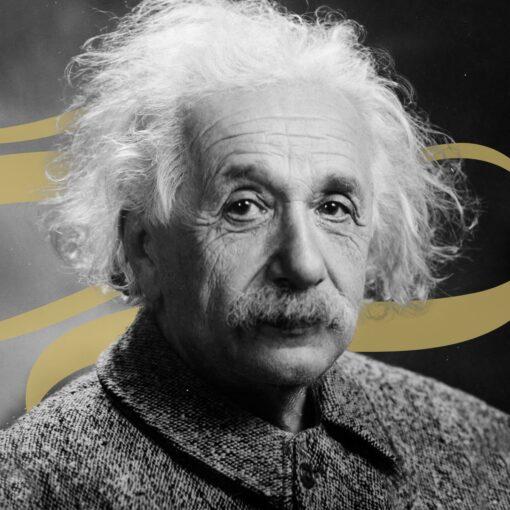
Albert Einstein, who brought the science realm the Theory of Relativity, is suspected to have been on the autism spectrum. He was not a fan of traditional school and did not particularly excel in areas of mathematics at a young age. He tolerated the school environment and the processes involved in learning there, but it was difficult for him. He was, however, completely committed to the subject of physics from an early age and was dedicated to expanding his knowledge in the subject. He had an almost instinctual approach to numbers and formulas, but when he started teaching, he became notorious for his meandering lectures and social awkwardness.
ATTENTION DEFICIT HYPERACTIVITY DISORDER
There is a growing number of individuals being diagnosed with Attention Deficit Hyperactivity Disorder (ADHD) as understanding and awareness of the condition spreads. People with ADHD face significant challenges when trying to maintain attention and control impulsive behaviors. ADHD is not only identified by the Hyperactivity it is known for, but it can also be identified through a persistent pattern of impulsivity and/or inattention. (Oddly enough, people with ADHD can also experience something called “Hyperfocus”, where they become incredibly focused and fixated on something they’re interested in, but at the expense of everything happening around them.) People with ADHD may have a very low frustration tolerance, be disorganized and forgetful, struggle with time management, and can have difficulty following through or completing tasks. Although it is natural for everyone to experience these issues occasionally, people with ADHD experience them to a point that they disrupt their daily lives and functioning.
People with ADHD may have their own set of superpowers to go with their energy and varied interests. They can be highly creative with rich imaginations, are incredibly observant, and they can be masters at multi-tasking. They can be flexible and adaptable to changed plans and supportive of those who are struggling, both situations with which they are very familiar. Some ADHDers may have to extra hard (mentally and emotionally) to get through their days smoothly, but they have learned to persevere through intense frustration by embracing repeated attempts (and failures) to accomplish their tasks.
There are many famous individuals today who have disclosed their ADHD diagnoses. Adam Levine, a notable musician, and frontman for the pop-rock band Maroon 5 and longtime judge on the TV show “The Voice” has openly discussed the challenges he faces with ADHD. Justin Timberlake (Actor/Musician), Jim Carey (Actor/Comedian), and Michael Phelps (Olympic Gold Medalist in Swimming) have all opened up about their diagnoses and how their daily lives are impacted by their symptoms.
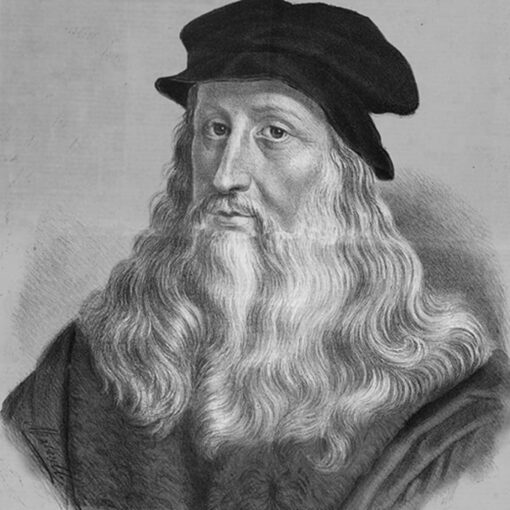
The famous artist and inventor who painted the Mona Lisa and The Last Supper, Leonardo da Vinci, is suspected to have had ADHD. He was a tremendously skilled and detailed creator but was also notorious for starting and never completing his works. (He was even admonished by the Pope for this pattern of behavior! THE POPE!) Da Vinci would meticulously plan large-scale projects, but when it came time to work on or complete them, he was unable to compartmentalize the long process into manageable pieces. Although he frequently abandoned projects (some believe that the Mona Lisa may even be unfinished), he still was renowned for his incredible technical ingenuity and detailed knowledge and depiction of anatomy.
CEREBRAL PALSY
Cerebral Palsy (CP) encompasses a group of disorders that affect a person’s ability to move and maintain balance and posture. It is caused by abnormal brain development that affects a person’s ability to control his or her muscles resulting in stiff muscles (spasticity), uncontrollable movements (dyskinesia), and poor balance and coordination. These issues can make the movements of those with CP awkward or jerky, but every individual with CP experiences these symptoms with different levels of severity.
Many people with cerebral palsy must make a consistent effort physically, emotionally, and mentally, to overcome their brain’s impact on their muscles. These constant efforts to gain muscle control can build a strong and dedicated work ethic and an increased appreciation for life. They understand and are very familiar with the task of facing obstacles, problem-solving, and learning how to adapt and grow despite them.
RJ Mitte, the actor best known for playing Walter “Flynn” White, Jr. in the television show “Breaking Bad’, was diagnosed with CP as a toddler. He is a dedicated advocate and role model for people with CP and contributes his time to various disability and CP organizations. Josh Blue, known for winning Season 4 of the reality show “Last Comic Standing”, has helped raise awareness through stand-up routines focused on the benefits of disabilities, poking fun at stigmas, and self-deprecating humor.
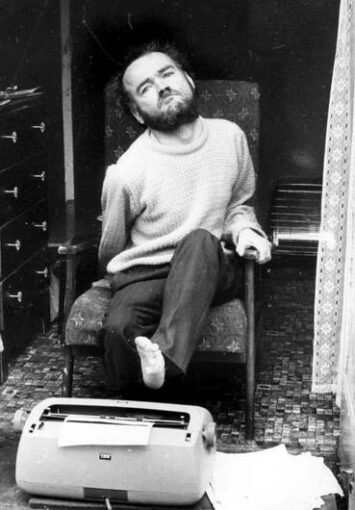
Artist, Painter, and Author, Christy Brown, was well known for his autobiography – and subsequent movie – called “My Left Foot’. Christy was outspoken about his experience with CP and his autobiography told the story of his journey to gain mobility in his left foot, which then allowed him to learn to paint and write. Prior to this accomplishment, Christy was unable to read, write or move. Advancing from being unable to write to writing his autobiography was an achievement worthy of attention and respect.
THE REAL LIMITATIONS
A diagnosis of a developmental disability – or any disability – is not an immediate sentence to a life of idleness and sub-par ability. A diagnosis means only that the individual is facing a different set of challenges from the typical human experience.
This is a list of charismatic and influential people that have both exceptional challenges and talents. Individuals with developmental disabilities are no more limited in their abilities than Albert Einstein, George Washington, or Leonardo Da Vinci.
Some of the biggest limitations that people with disabilities face are imposed on them by others through stigma, ignorance, and the refusal to change things or make accommodations.
MORE RESOURCES
For more information on Learning Disabilities, check out the Learning Disabilities Association of America: https://ldaamerica.org/resources/
Autism Speaks provides a lot of valuable information and resources on autism: https://www.autismspeaks.org/what-autism
ADDitude Magazine is a great resource for learning about ADHD: https://www.additudemag.com/
Learn More about what Advocacy Links does by visiting https://advocacy-links.com/what-we-do/.
